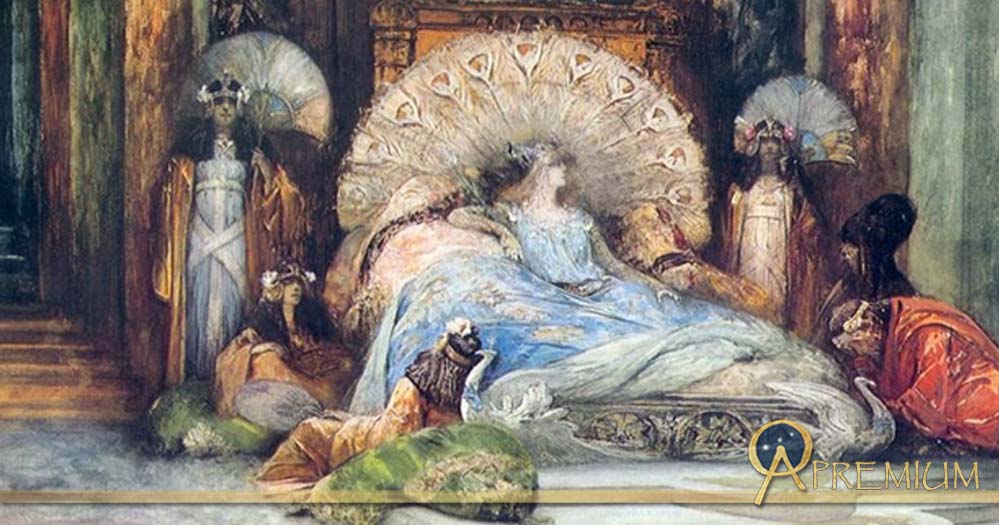Sex and the Roman Empire: Scandalous Literature about Empresses Euphemia and Theodora
Both Empress Euphemia and the succeeding empress Theodora transformed from sinners to Saints and although 5th to 6th century Roman society may have been more lenient, due to the empresses’ charity and piety, contemporary historians were not that tolerant nor forgiving in their opinions of the wives of the emperors. The two women seem to have achieved upward mobility in a similar fashion - first as slaves, then concubines, and then as wives, maternal-figures, and rulers. However, their lives and rise to power were represented rather ambiguously by their contemporary writers. To investigate the reasons for and the nature of these similarities, it is worth looking at the sometime hostile authors’ depictions of the women’s actions, as authors from late antiquity attempted to articulate their views on appropriate behaviors for imperial women to emulate, according to their personal beliefs and the standard of behavior demanded in their times.

The Slave Market by Gustave Boulanger's 1886. (Public Domain)
Tales of the Two Concubines: Euphemia and Theodora before their Marriages
Empress Euphemia’s rise to power looks like a classic rags-to-riches story. She rose from a freed slave to the most powerful woman in Rome in her time through her marriage to Justin I (450 - 527 AD). Justin’s successor as emperor or Rome was Justinian I, his nephew and adoptive son, who later married yet another woman of low birth, Theodora. This story is enriched by Theodora's achievements as an empress - she campaigned for women's marriage and dowry rights, anti-rape legislation, and was supportive of the many young girls who were sold into sexual slavery for the price of a pair of sandals.
Historia Arcana ( Secret History) by Procopius of Caesarea (circa 500 - 554 AD) introduced the Empress Euphemia as Lupicina - a slave and a barbarian concubine of her owner. The name Lupicina is interesting in itself, as it is connected to the Latin word lupae (‘she-wolves’). This same word was also the epithet for the lowest class of Roman prostitutes. However, this name may also have originated in a cult of the Etruscan religion that predated the Roman, in which the deity was represented as a she-wolf - this would have implied a different background for Euphemia. The legendary she-wolf, Lupa, who nursed Romulus and Remus is related to the cult of this wolf-goddess and the matrilinial Etruscan civilization that preceded the Romans.
Like this Preview and want to read on? You can! JOIN US THERE ( with easy, instant access ) and see what you’re missing!! All Premium articles are available in full, with immediate access.
For the price of a cup of coffee, you get this and all the other great benefits at Ancient Origins Premium. And - each time you support AO Premium, you support independent thought and writing.
Martini Fisher is a Mythographer and author of many books, including "Time Maps: Matriarchy and the Goddess Culture” | Check out MartiniFisher.com
Top Image : Sarah Bernhardt in Theodora (1902) by Georges Jules Victor Clairin (1843-1919) (Public Domain)


















